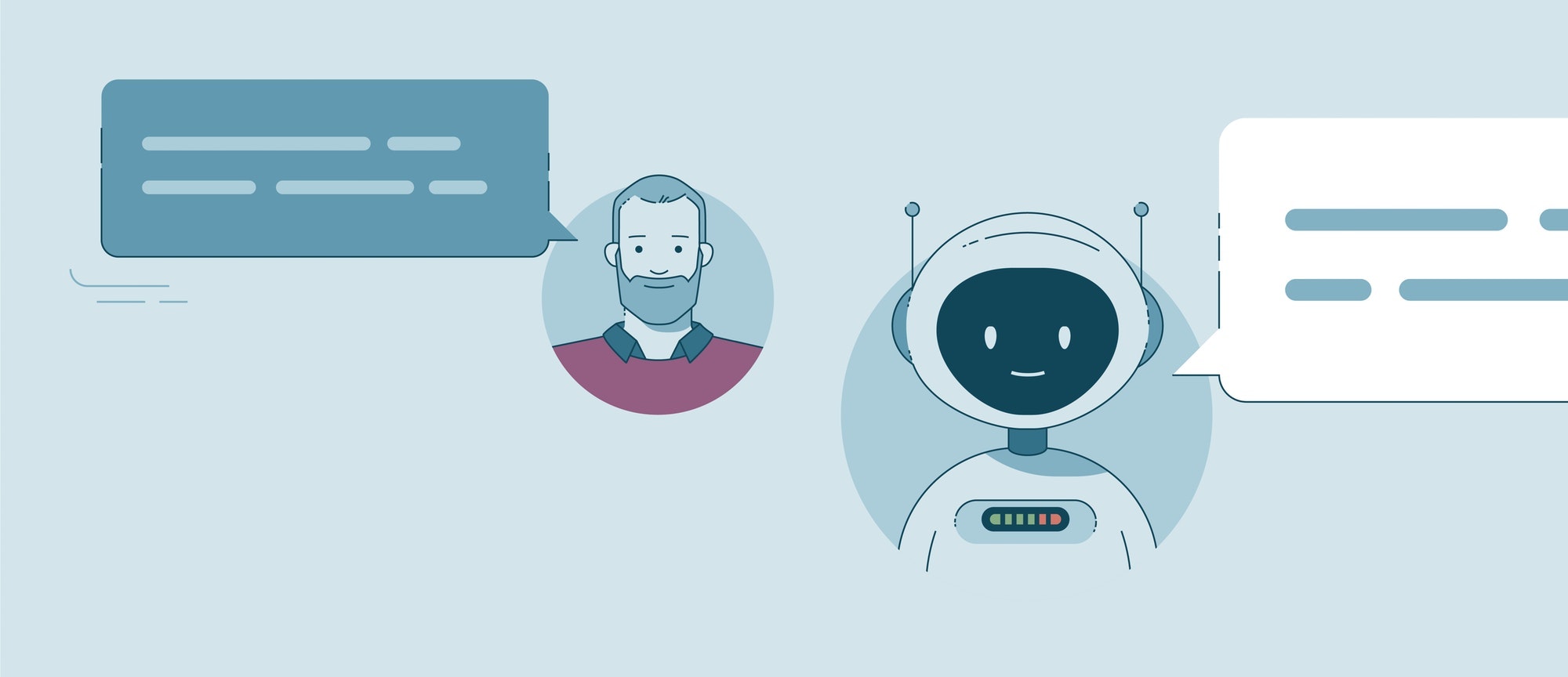Chatbot
Optimal user experience with a chatbot

Simplicity and intelligence combined in one tool
Vital in every dialogue is that both partners understand each other quickly and well. That prevents repetition, apology, and annoyance. To realize our chatbot we chose Dialogflow because the rules for the reactions of your chatbot were relatively quick and easy to set up. Moreover, because this tool uses AI to analyze the customer's intent: for small talk in the greeting and for various indications of time, date, and location during the key phase in the dialogue.
A smart dialogue requires AI
Your chatbot's dialogue design determines how efficiently and successfully your customer can complete his task. Such a design starts with a diagram of the dialogue's course. In our case: getting acquainted, customer request, audit questions, options for an appointment, confirmation of the appointment, and completion. We could let our chatbot learn and improve permanently by adding customer input to the decision rules of the chatbot.
Had you asked me in advance if we would be able to develop a chatbot within a week, I would probably have said 'H'm, well…'. The fact that we actually did succeed proves to me the power of the design sprint in combination with a truly T-shaped team.
Ineke van Gelder
—
Content strategist,
Informaat
The right tone
Which tone best suits your chatbot? That differs per phase in the dialogue. Getting acquainted and completion both require a different tone than more task-oriented phases. Informal language usage and humor fit well with greeting or saying goodbye, but quickly become annoying when your client tries to manage something. Do you want to camouflage restrictions of your chatbot in task-oriented phases? Then use neutral apologies and in-depth questions.
A resilient chatbot
A fully written script of the conversation is a great help to make the dialogue between your chatbot and the client run smoothly. But keep in mind that some customers will push your bot's boundaries with unexpected questions and reactions, just to put your chatbot to the test. Let your chatbot learn from these questions, but provide striking reactions so that you continue to pleasantly surprise your client at those moments.
Our services
Interested in our approach?
Want to talk about chatbots?

Susanne van Mulken
Strategy director